Comparative Nectary Morphology across Cleomaceae (Brassicales)
- PMID: 36986951
- PMCID: PMC10051628
- DOI: 10.3390/plants12061263
Comparative Nectary Morphology across Cleomaceae (Brassicales)
Abstract
Floral nectaries have evolved multiple times and rapidly diversified with the adaptive radiation of animal pollinators. As such, floral nectaries exhibit extraordinary variation in location, size, shape, and secretory mechanism. Despite the intricate ties to pollinator interactions, floral nectaries are often overlooked in morphological and developmental studies. As Cleomaceae exhibits substantial floral diversity, our objective was to describe and compare floral nectaries between and within genera. Floral nectary morphology was assessed through scanning electron microscopy and histology across three developmental stages of nine Cleomaceae species including representatives for seven genera. A modified fast green and safranin O staining protocol was used to yield vibrant sections without highly hazardous chemicals. Cleomaceae floral nectaries are most commonly receptacular, located between the perianth and stamens. The floral nectaries are supplied by vasculature, often contain nectary parenchyma, and have nectarostomata. Despite the shared location, components, and secretory mechanism, the floral nectaries display dramatic diversity in size and shape, ranging from adaxial protrusions or concavities to annular disks. Our data reveal substantive lability in form with both adaxial and annular floral nectaries interspersed across Cleomaceae. Floral nectaries contribute to the vast morphological diversity of Cleomaceae flowers and so are valuable for taxonomic descriptions. Though Cleomaceae floral nectaries are often derived from the receptacle and receptacular nectaries are common across flowering plants, the role of the receptacle in floral evolution and diversification is overlooked and warrants further exploration.
Keywords: Cleomaceae; evo-devo; floral nectary; floral rewards; floral structure; morphology; nectar secretion; nectarostomata.
Conflict of interest statement
The authors declare no conflict of interest.
Figures

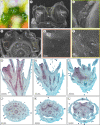

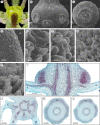


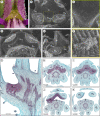

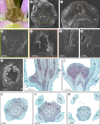
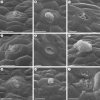


References
-
- Willmer P. Pollination and Floral Ecology. Princeton University Press; Princeton, NJ, USA: 2011.
-
- Nicolson S.W., Nepi M., Pacini E. Nectaries and Nectar. Springer; Dordrecht, The Netherlands: 2007.
Grants and funding
LinkOut - more resources
Full Text Sources
Research Materials

